A topical subject in management discussion today is Value Based Pricing- numerous articles, white papers, case studies, podcasts, and books have been published recently regarding pricing and the impact on company P&L and shareholder returns.
Value based pricing is centered around the concept of aligining the price of your product or service with the value received and percieved by your customers. A variety of software solutions are available to assist in pricing alignment, and the volume of offerings to set value based pricing is increasing in conjunction with software packages. The foundation of value based pricing however is that the firm truly understands the reasons customers purchase products and services and what they value most.
Understanding of why customers purchase infers a meaningful objective analysis into customer buying criteria is being conducted on a regular basis- an area frequently missed by sales and customer service teams.
In the past 10 years we have conducted analysis together with our clients in EMEA, APEC and the Americas referencing what customers value most particularly in B2B transactions and have found:
- Less than 50% of customers view price as the most important criteria in purchasing
- Customer service is the key to retaining customers- an area unfortunately frequently neglected in B2B organizations
- The Competitive Advantages- what companies think customers are paying for in terms of value- are often not aligned with customer beliefs about product and service performance which is unique and valuable
The 3 insights need to be made actionable for organizations prior to implementing value based pricing programs by:
- Aligning products and services to the criteria most important to high emphasis strategic customers
- Developing a customer service program that is not window dressing- a program the truly responds to the needs of the client
- Systematically revisiting strategy on a regular basis (at least every quarter) to ensure the validated competitive advantages are being invested in and are on track relative to timing, budget, and results



